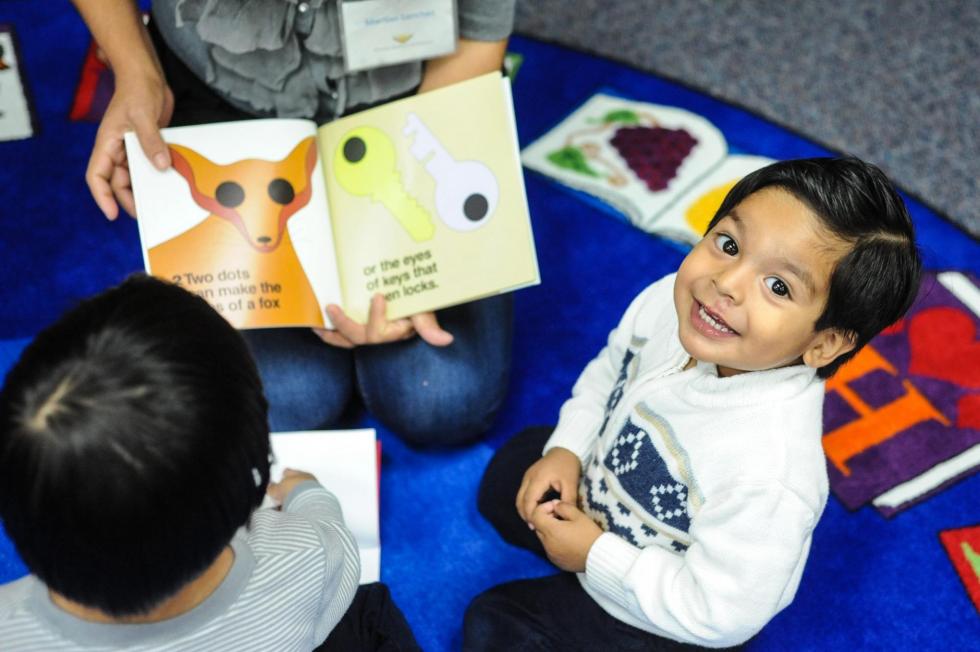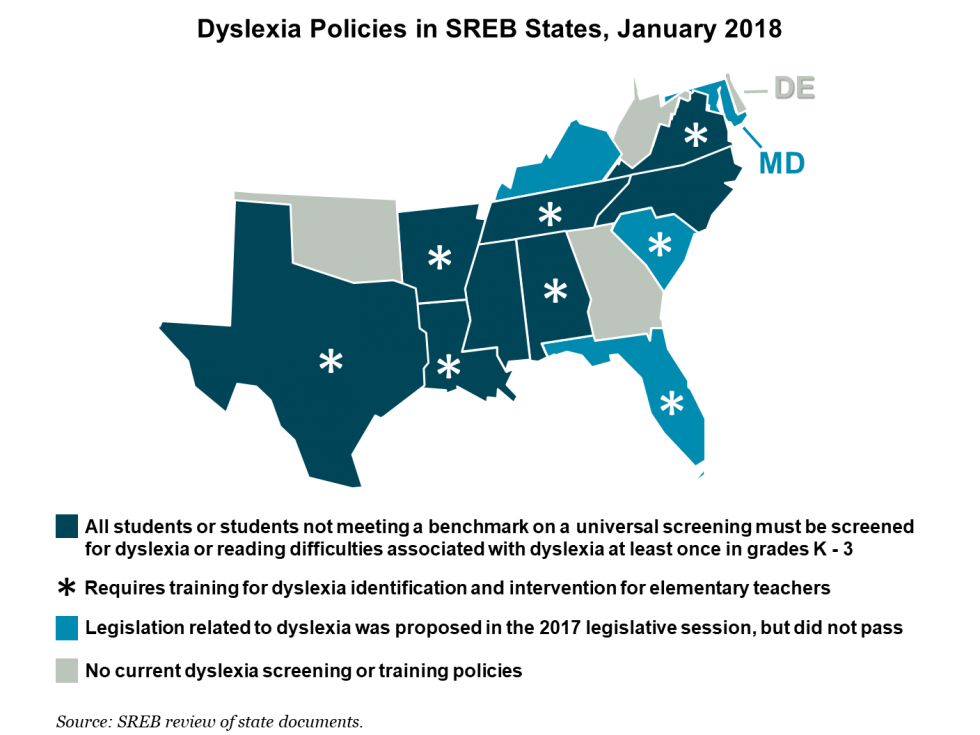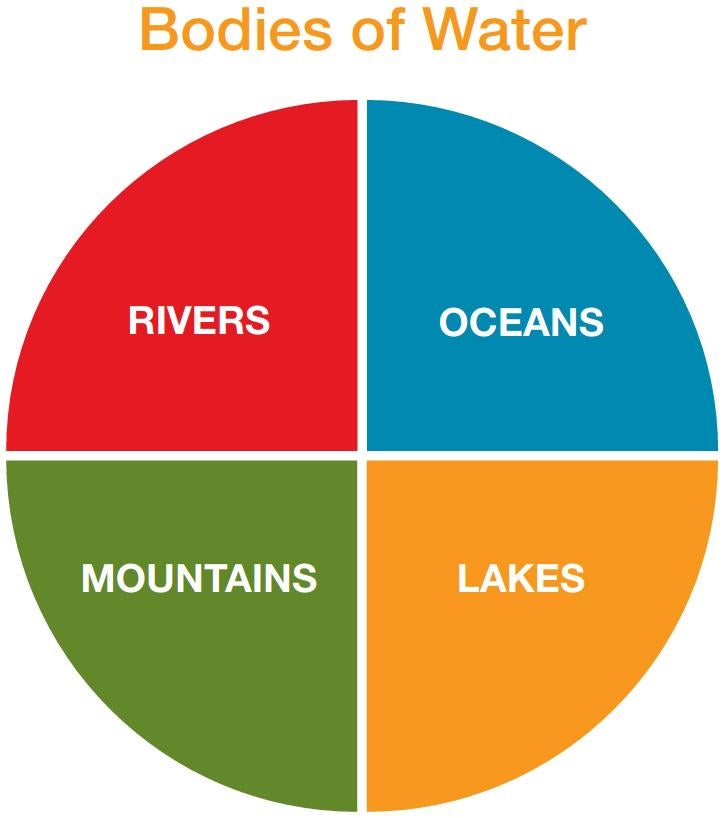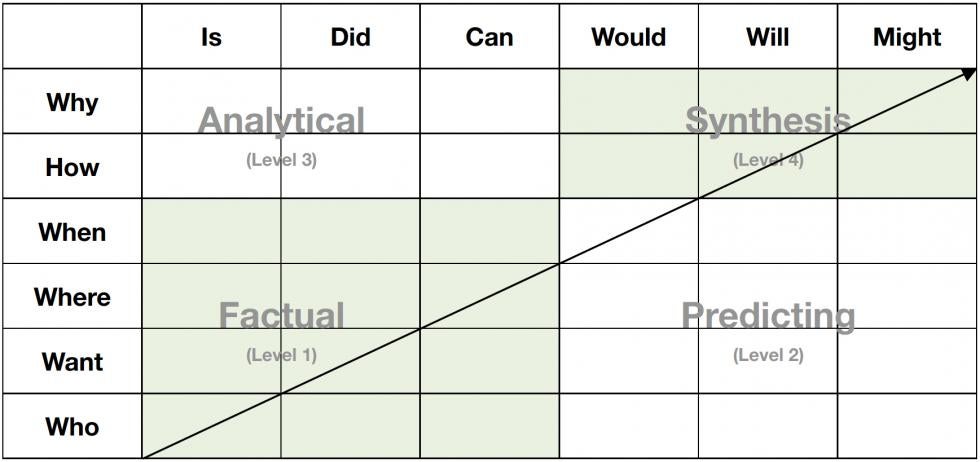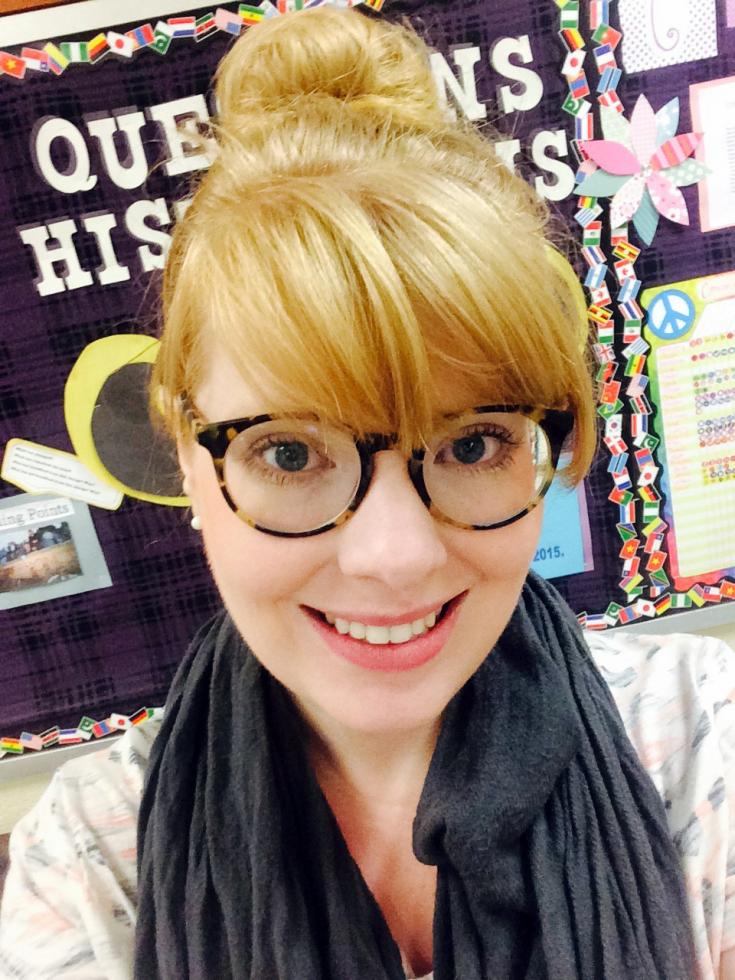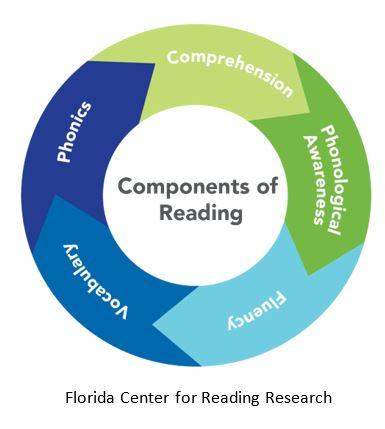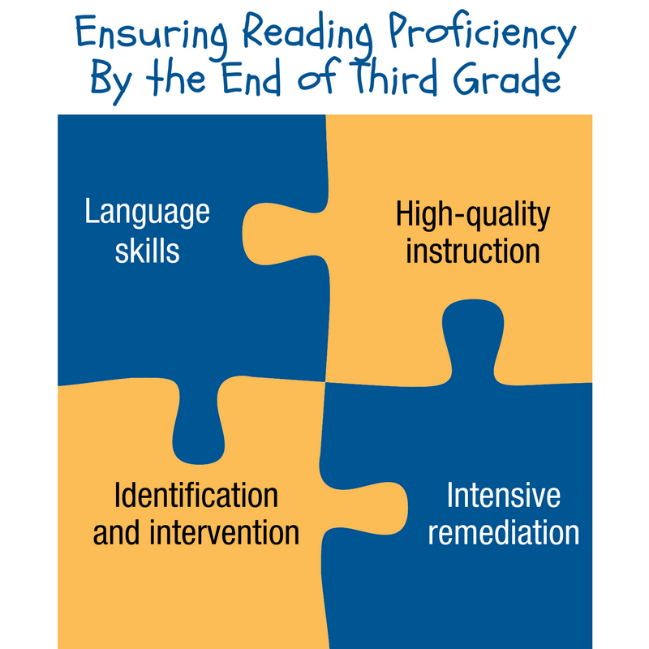Blog: Literacy
Longitudinal literacy programming pays dividends for all ages
Veronica Valencia didn’t know many people when she moved to southwest Detroit from Michoacán, Mexico in 2005. So, when her nieces and nephews had the chance to be part of a new family literacy program at their school, Valencia jumped at the chance to be there and support them.
The family literacy program, made possible by Kentucky’s National Center for Families Learning with support from Toyota, relied on NCFL’s signature four-component family literacy model, which seeks to impact a family’s long-term trajectory through a multigenerational approach.
Don’t Be Afraid to Say “Dyslexia”
Acknowledging and identifying dyslexia is step one in helping struggling readers
Researchers estimate that dyslexia affects at least one in 10 people. As defined by the International Dyslexia Association, dyslexia is a neurobiological learning disability, unrelated to intelligence, characterized by differences in the way the brain processes language. These differences result in difficulties developing skills that are important for reading and writing. While it cannot be outgrown, individuals with dyslexia can learn strategies to help them overcome the unique challenges it presents.
Seven Literacy-Based Assignments for Social Studies Classrooms
Last year, while teaching at Lakeside Middle School in Anderson County, South Carolina, my colleague Keri Compton and I came up with seven strategies specifically for social studies teachers. These mini-tasks, based on our Literacy Design Collaborative (LDC) training, use hands-on activities to build confidence and help students reflect on their learning while they’re improving their reading and writing skills. Here they are:
People, Objects, Settings, Engagement and Relationships
Raise the Rigor
Strategies to Promote Reading Comprehension
As a middle grades social studies teacher in Florence School District 1 — an area of South Carolina along I-95 known as the “Corridor of Shame” for its poverty and low-performing students — I have a theory. I believe all students benefit from rigorous, literacy-based classroom instruction, and students from poverty benefit the most. The ability to read and understand complex texts is the best way to distinguish students who are college and career ready from those who are not.
Remember, rigor doesn’t mean hard. Rigor means challenge.
Math and Literacy Teaching Strategies Have Deep, Lasting Effect
Want to see where good teaching happens? Watch what students are doing in the classroom. Sounds obvious, maybe, but as SREB senior vice president Gene Bottoms says, “We observe teachers and what they’re doing all the time — but we miss a big piece of the puzzle if we don’t see what the kids are doing as a result.”
So SREB asked My Student Survey to see how our training in powerful literacy and math teaching tools is paying off in the classroom.
Are teachers prepared to teach reading?
Research shows a gap between what we know about reading and how teachers are prepared to teach it
Reading is the foundation for learning.
The research is clear: Students who are not reading proficiently by the end of third grade are much more likely to face poor academic outcomes. For this reason alone, we know it is incredibly important that children learn to read well early in elementary school and continue to build on those reading skills throughout the rest of school.
Reading in the Early Grades
How can we ensure reading proficiency by the end of third grade?
It’s no secret that reading skills are essential for success, both as a student and later in life. And educators know that reading proficiently by the end of third grade is crucial to students’ continued development. Up until third grade students learn to read; after that, they read to learn. It is paramount that students read proficiently by the end of third grade so they are prepared for later learning.


